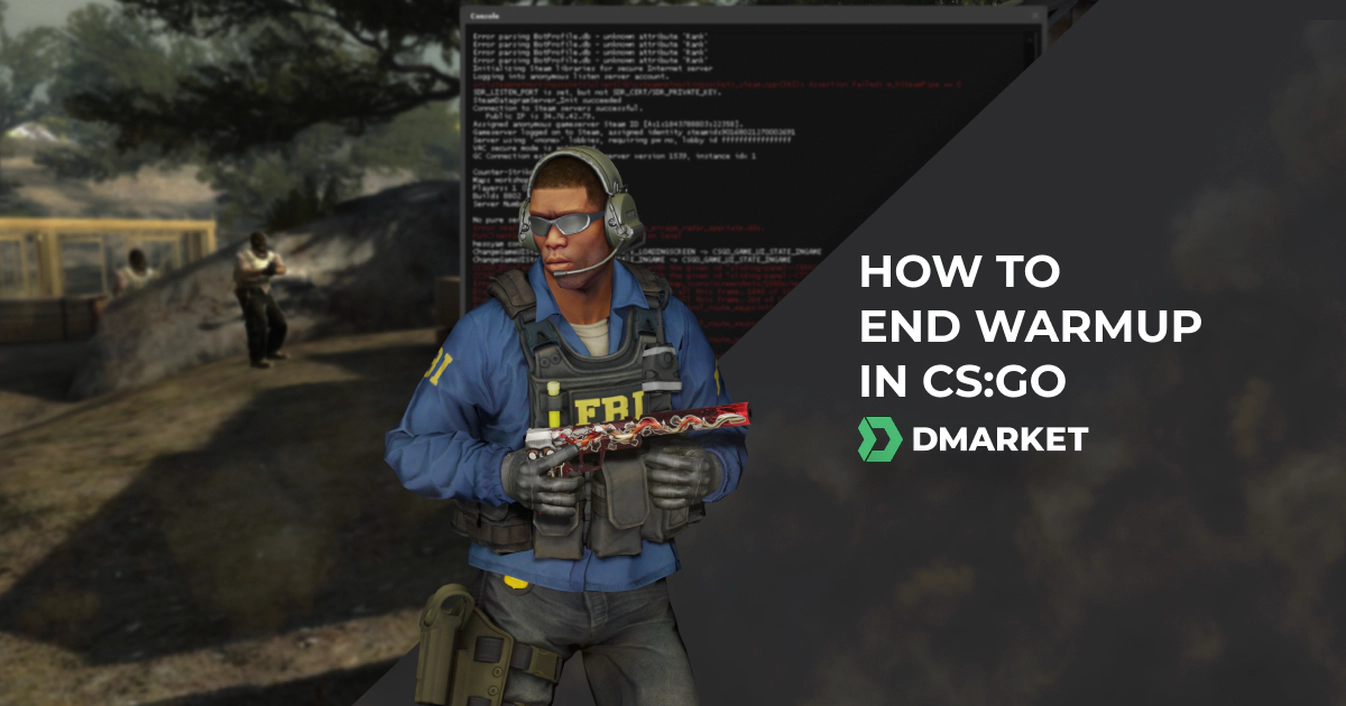The Ultimate Hookup Guide
Explore expert tips and advice on navigating the world of modern dating and hookups.
Warm Up to Win: Elevate Your CS2 Game One Routine at a Time
Transform your CS2 gameplay with game-changing warm-up routines! Discover tips to boost skills and dominate the competition one session at a time.
Mastering the Warm-Up: Essential Routines to Elevate Your CS2 Performance
In the world of competitive gaming, particularly in CS2, mastering your warm-up routine can significantly enhance your overall performance. A well-structured warm-up not only prepares your hands and fingers for the intense movements required during gameplay but also sharpens your mental focus. Begin with a simple aim training session, dedicating at least 15-20 minutes to drills that work on tracking, flick shots, and precision aiming. Popular tools such as Aim Lab and Kovaak's FPS Aim Trainer can help develop these skills. Don't forget to incorporate a mix of deathmatch and unrated games to simulate real battle conditions where you can practice your reflexes under pressure.
Another vital aspect of your warm-up should be team coordination and communication. Start with a brief discussion with your teammates to align strategies and roles, ensuring that everyone is clear on their specific objectives. Next, run through a few team drills that focus on map awareness and utility usage. Consider utilizing custom servers or community maps designed for tactical practice. These exercises not only help in improving individual skills but also enhance team synergy, crucial for success in high-stakes matches. Remember, a strong start begins with a solid warm-up, setting the tone for your overall gameplay in CS2.

Counter-Strike is a highly competitive first-person shooter game that has garnered a massive following since its inception. Players engage in team-based matches, often focusing on objectives such as bomb defusal or hostage rescue. For those looking to enhance their gaming experience, you can CS2 Skins upgraden to acquire unique in-game skins that reflect your style and improve your gameplay.
5 Key Benefits of a Structured Warm-Up Routine for Competitive CS2
A structured warm-up routine is essential for competitive CS2 players, providing multiple benefits that can enhance performance and reduce the risk of injury. Firstly, a well-defined warm-up increases blood flow to the muscles, enhancing overall reaction times and agility. This improved blood circulation can lead to better control and precision, which are critical in high-stakes gaming environments. Secondly, a proper warm-up can help players mentally prepare for the challenges ahead, allowing them to enter a focused state of mind necessary for peak performance.
Additionally, incorporating a structured warm-up can foster better teamwork and communication among players. By engaging in warm-up exercises together, teams can strengthen their coordination and synergy before diving into competitive matches. Furthermore, these routines can serve as an opportunity for players to practice specific skills, refine their strategies, and assess their current performance levels. In conclusion, investing time in a structured warm-up routine not only enhances individual skills but also promotes teamwork, leading to improved outcomes in competitive CS2.
Is Your Warm-Up Routine Holding You Back in CS2?
In the competitive world of CS2, every player understands the importance of a solid warm-up routine. However, it's crucial to evaluate whether your current warm-up is truly enhancing your performance or unintentionally holding you back. A common mistake is to stick to familiar warm-up drills without adapting them to your evolving skills and goals. Consider incorporating a mix of aim training, movement exercises, and game-sense drills to create a more comprehensive routine that meets your needs.
Moreover, pay attention to the duration and intensity of your warm-up. Warming up too long can lead to fatigue, while skimping on crucial activities might leave you unprepared for the match ahead. Aim for a balanced approach, perhaps utilizing a structured warm-up plan that includes 30 minutes of targeted exercises focused on your weaknesses. Remember, the right warm-up can set the tone for your gameplay, so taking the time to optimize this routine is essential for achieving your peak performance in CS2.